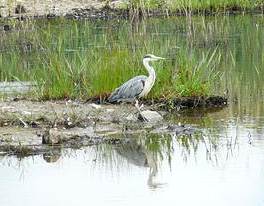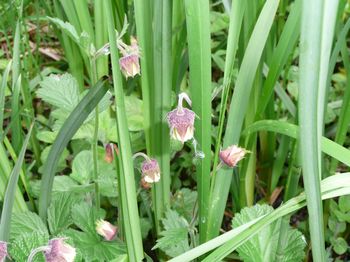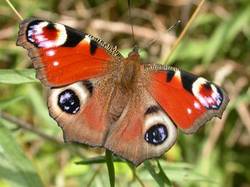Nature Conservation

A wide variety of natural habitats are represented in the landscape of the Borough. The protection and enhancement of these habitats with their plant and animal species are guided by national environmental legislation and through policies being developed in the Local Development Framework.
In the UK, there is a hierarchy of environmental designations and habitat classifications which can be applied to protect specific sites of nature conservation interest. These range in significance from international to local level, vary in scope and extent and may overlap. Cheshire East, with its rich ecological resources, has a number of sites with such designations.
Internationally important sites
A number of sites in the Borough, were declared Ramsar sites by Natural England. This designation recognises these areas as wetlands of international importance for waterfowl habitats and migratory birds, affording additional protection from development. An area of the Peak Moors, which includes the Goyt Valley is also protected for its regularly occurring migratory species of birds as a Special Protection Area. In addition, the South Pennine Moors are internationally recognised as a Special Area of Conservation (SAC), identified as an outstanding example of its habitat type.
Nationally important sites

33 sites either wholly or partially within the Borough are classified by English Nature as Sites of Special Scientific Interest (SSSI’s). They range from vast areas of the open Pennine moorland in the east, to smaller areas of ancient woodland, to the mosses and meres of the Cheshire plain in the west. Each SSSI represents a significant fragment of the much-depleted resource of wild nature remaining in Britain, and are intended to link to a national network of quality native habitats. SSSI’s are designated with the aim of limiting or preventing operations that are potentially damaging to the wildlife interest of the area.
Rostherne Mere (also a Ramsar site) and Wybunbury Moss are National Nature Reserves (NNR) owned and managed by Natural England. National Nature Reserves (NNRs) contain examples of some of the most important natural and semi-natural ecosystems in Great Britain. They are managed to conserve their habitats, providing special opportunities for scientific study of the habitats, communities and species represented within them.
Locally important sites

Over 420 sites in Cheshire east are classified as being of local importance in Cheshire as Local Wildlife Sites formally known as Sites of Biological Importance (SBI). This designation, recognised in the Local Development Framework Plan.
The first Local Nature Reserve (LNR) to be created in Cheshire was Lindow Common in Wilmslow (also an SSSI), a site owned and managed by the Borough. This designation is favoured as a means of involving the community in the management of wildlife sites. There now a total of 8 LNRs is Cheshire East.
In addition to habitats and species sites can also be designated for there geological interest these sites are known as Regionally Important geological Sites (RIGs). RIGs in Cheshire are identified by a Cheshire RIGs Group.
Protected Species
The Wildlife and Countryside Act and European Habitat regulations allow for the protection of a number of species of native flora and fauna, together with specific measures which developers are legally obliged to follow to protect their habitats or mitigate the effects of any development as part of the planning process. The presence of protected species such as Great Crested Newts, Bats and Water Voles in the Borough is taken into account in planning applications.
Page last reviewed: 29 June 2022
Thank you for your feedback.